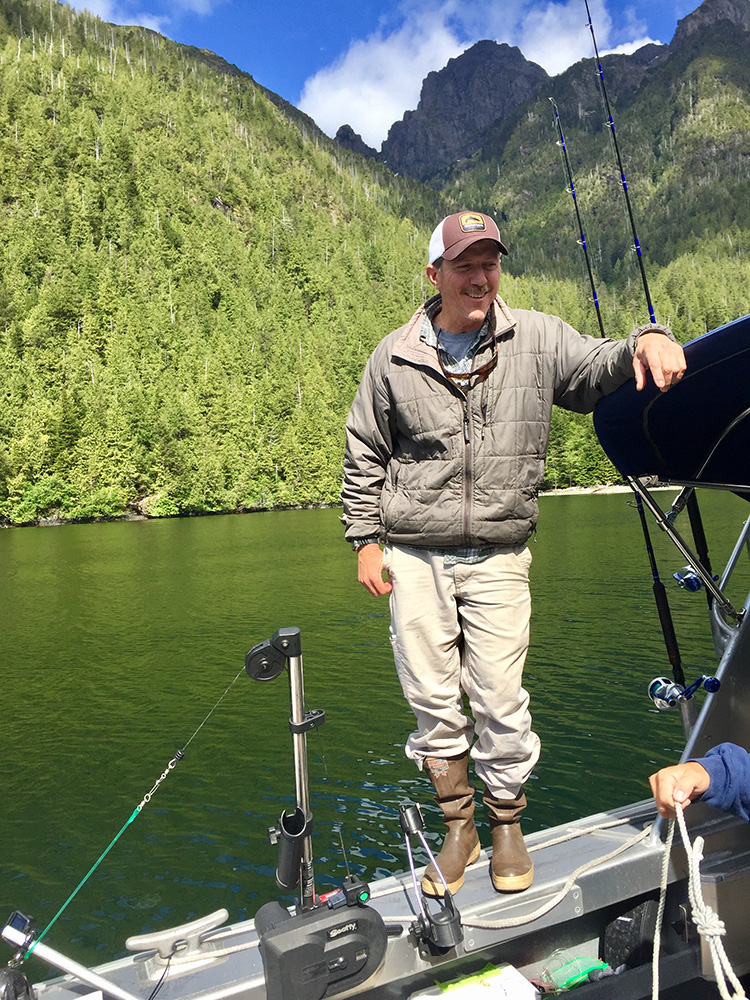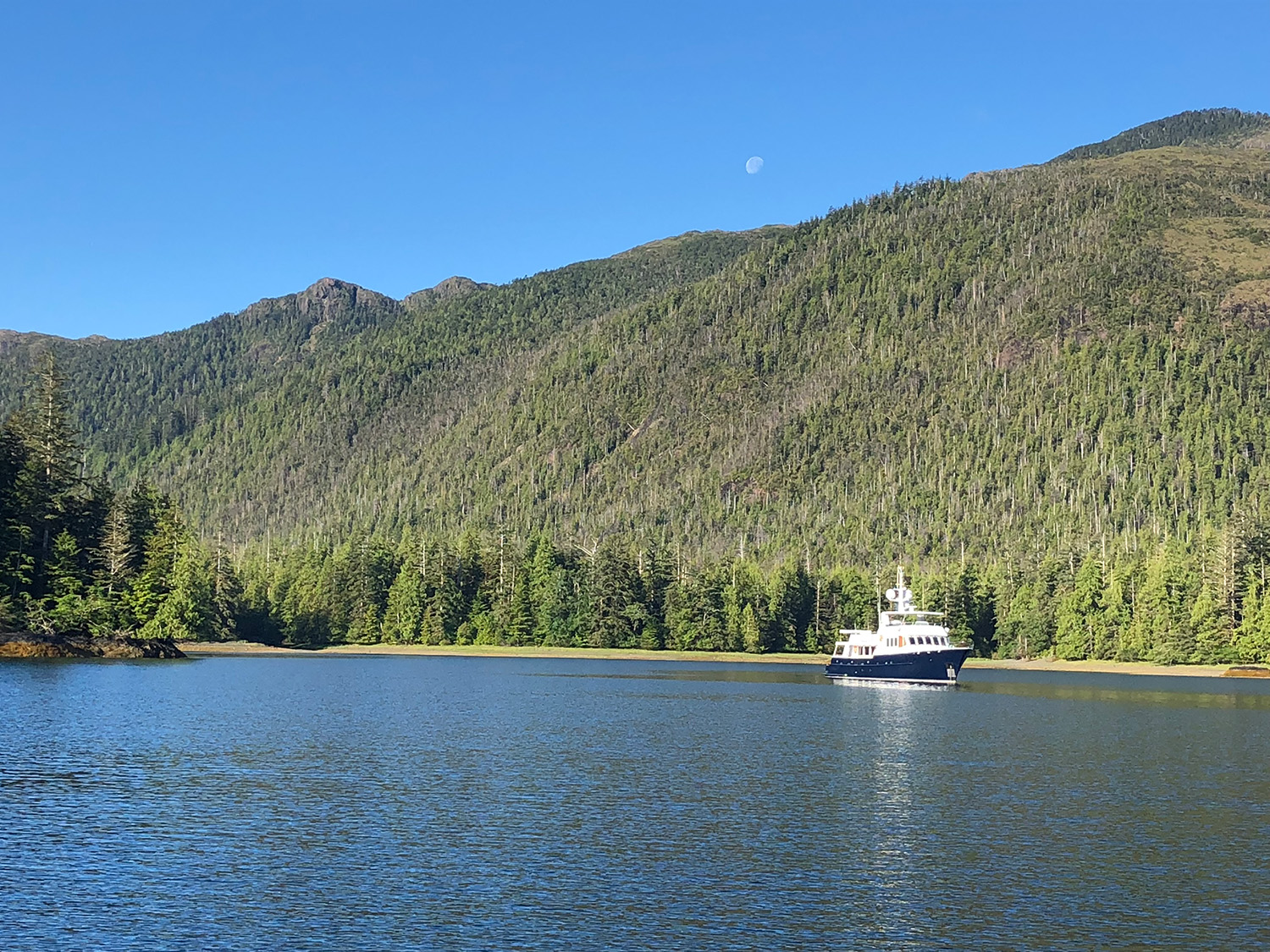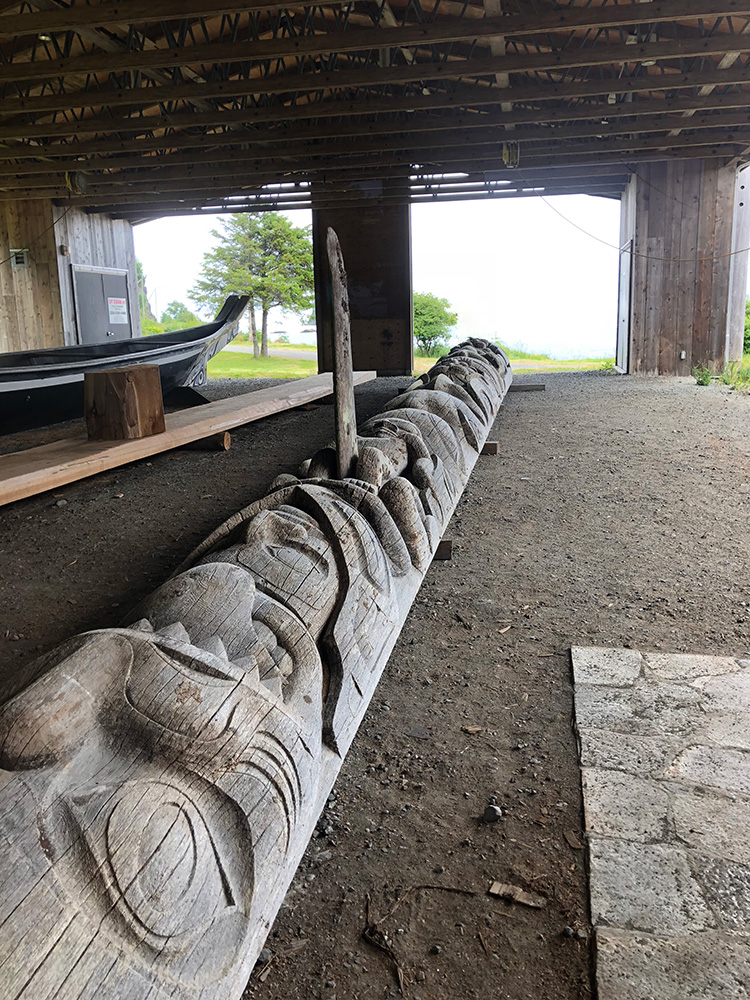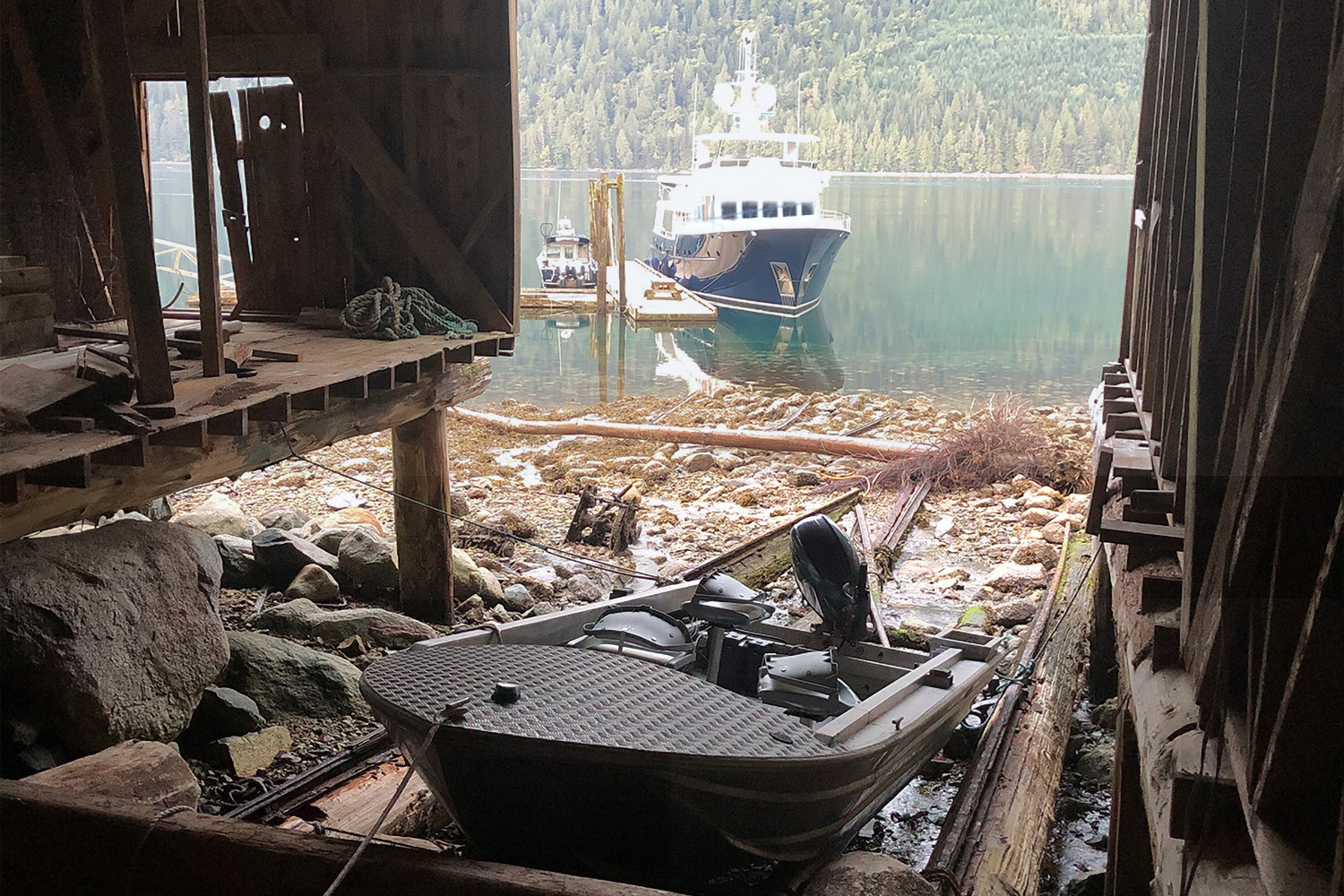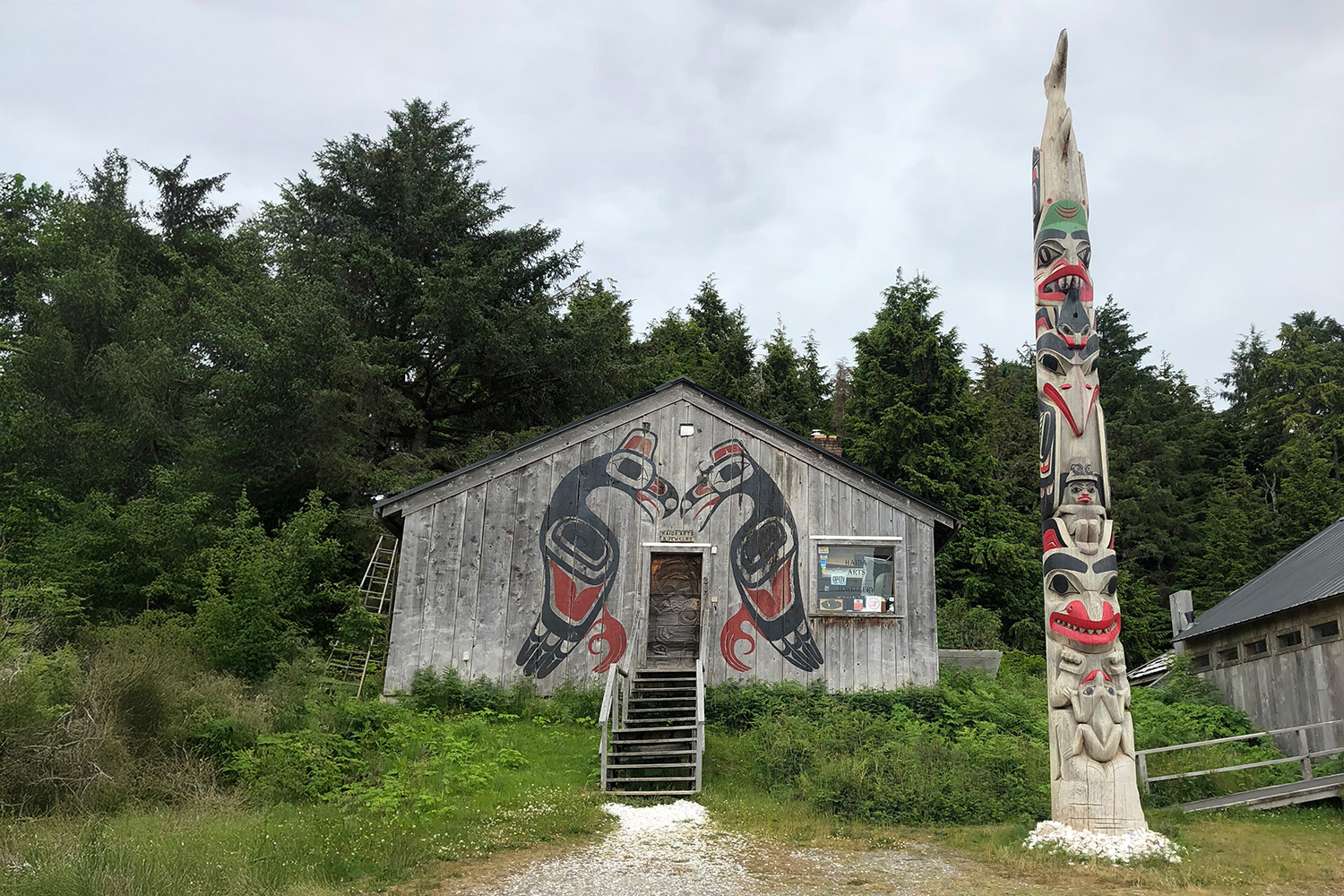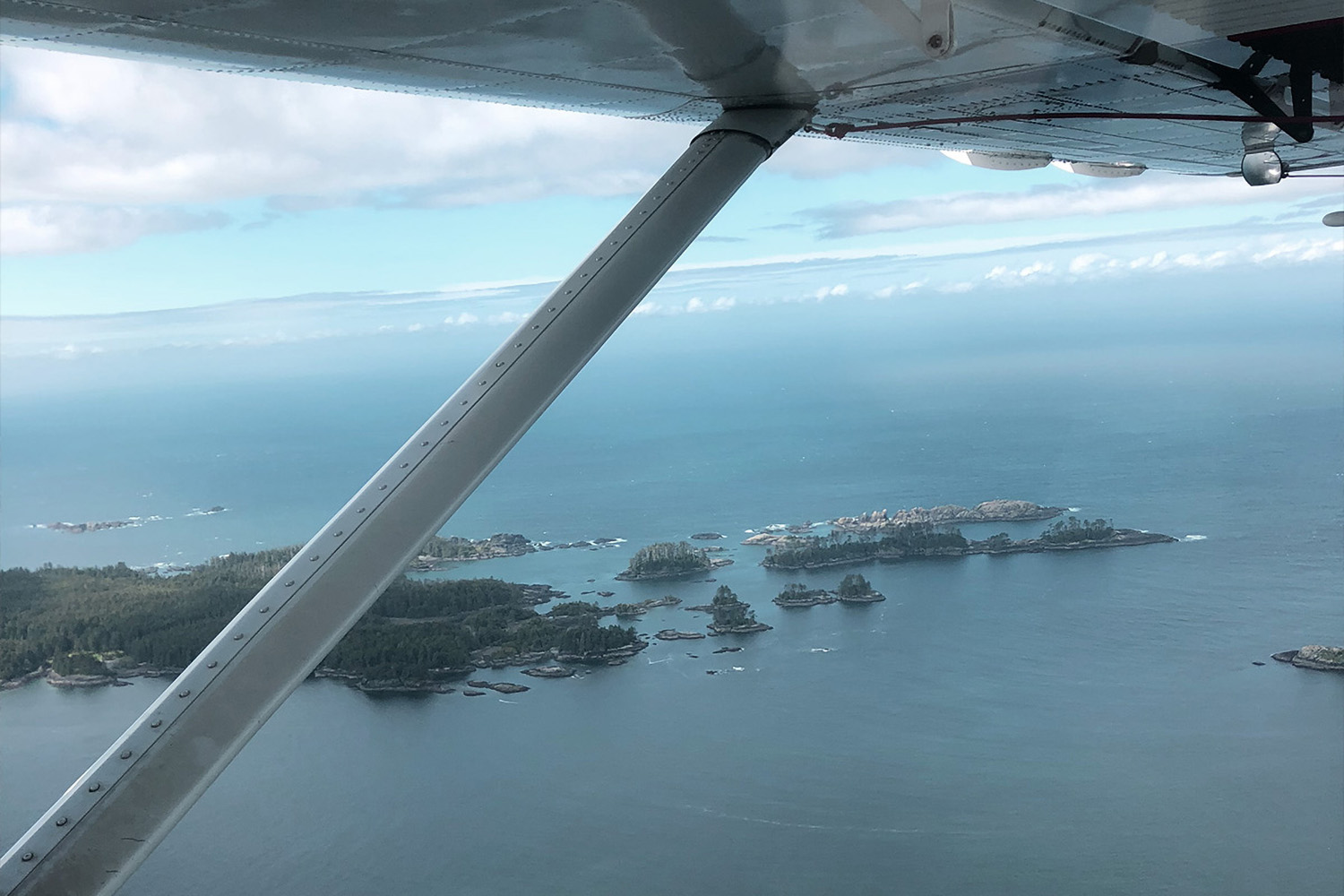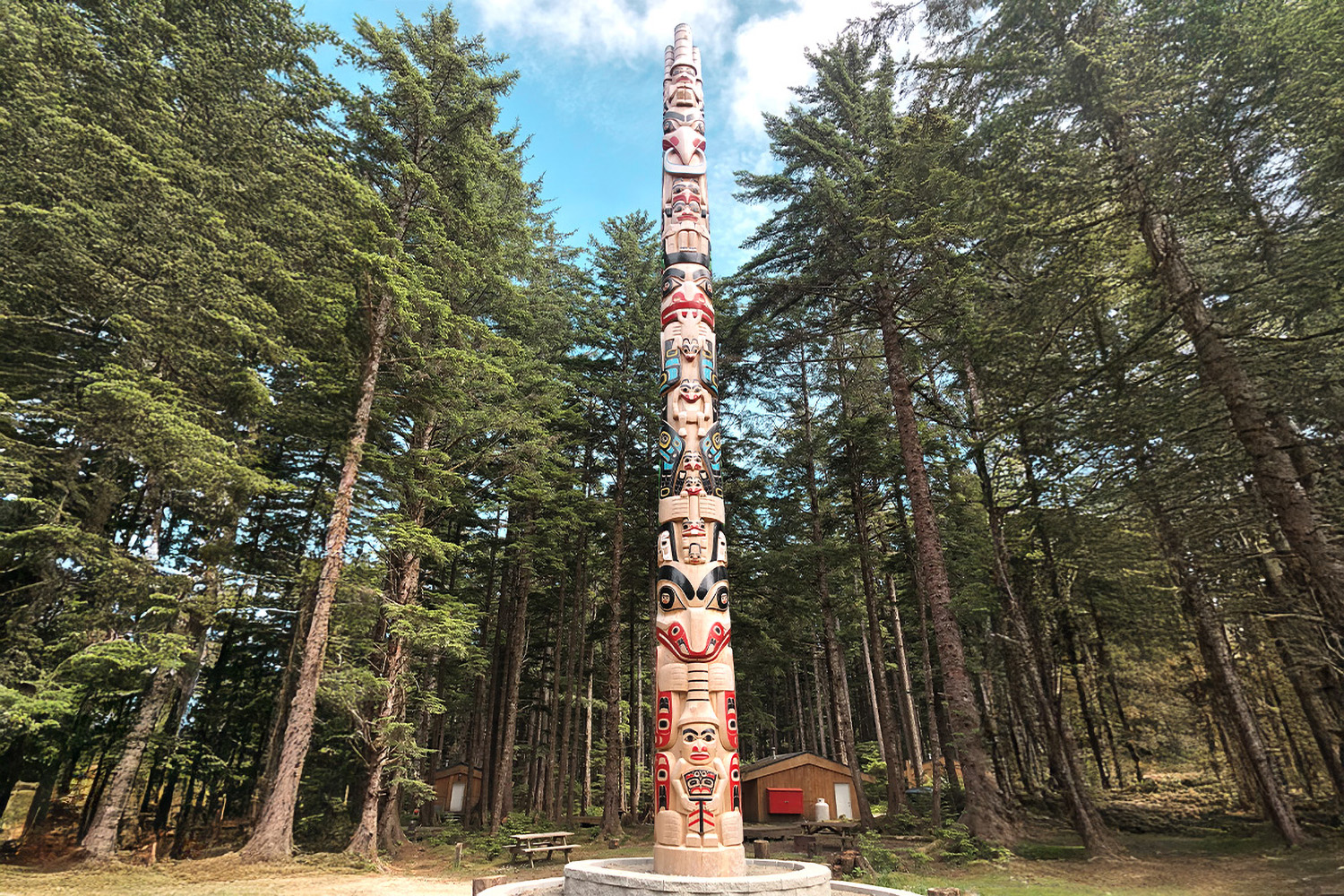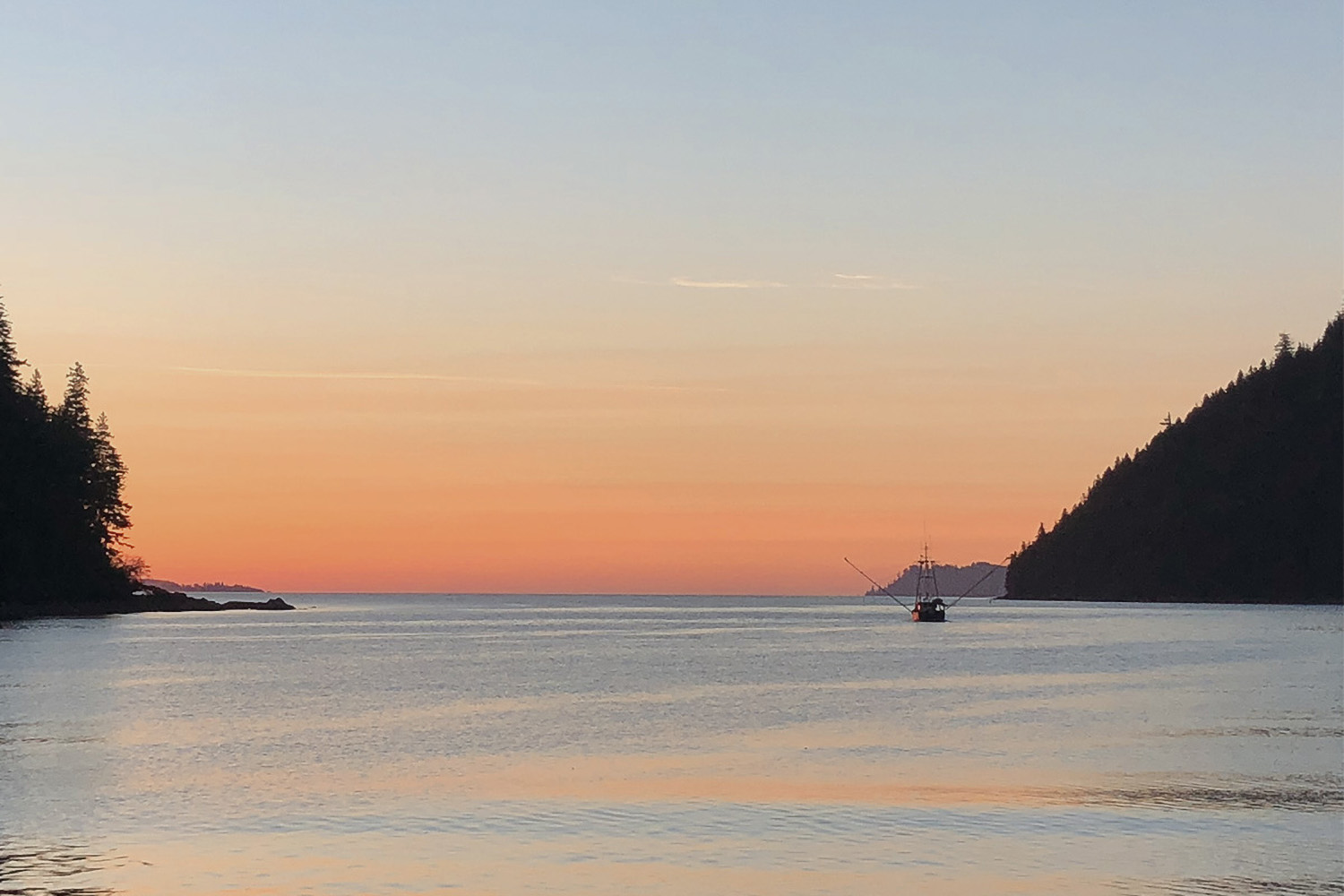“We sold our previous boat and downsized to the Doggersbank, which has been fantastic. We just love it to death,”
On the south end of an archipelago 60 miles off the coast of mainland Canada sits a remote spiritual island chain of untold beauty. First known by the Haida people as Xhaaidlagha Gwaayaai or ‘Islands at the Boundary of the World’, the 3,600 islands are more commonly known as Haida Gwaii or ‘Land of the Haida’. Rob Correa, captain of Lakesider, describes it as “a mystical place” following a three-month summer trip in 2018 aboard the Vripack-designed Doggersbank 92 Offshore.
“Haida Gwaii is not somewhere that everyone can reach,” says Correa, who has worked for Lakesider’s owners for more than 20 years. “The majority of cruising in the Pacific Northwest is around San Juan. Maybe, if you really find your sea legs, you can get up to Desolation Sound or even reach the north end of Vancouver Island, but anything past Cape Caution and Queen Charlotte Islands is big boy territory. And Haida Gwaii is a whole separate deal because it’s off the beaten path of Alaska’s Inside Passage.”
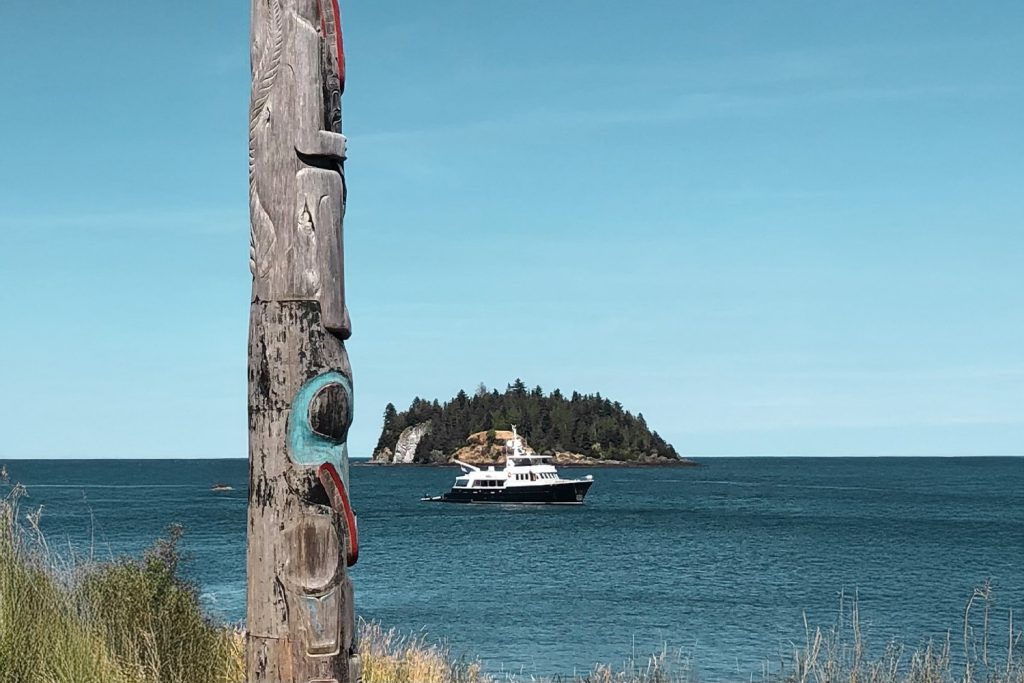
Haida Gwaii
Haida Gwaii has an oral history that can be traced back 7,000 years, including the legacy of the Haida totems hand carved by the Haida people. The Southern region of the archipelago is a designated UNESCO World Heritage Site. To reach Haida Gwaii, which sits 50 miles offshore, boats must cross the dreaded Hecate Strait, known for opposing winds and currents, and exposure to large low pressure systems from the Gulf of Alaska.
Lakesider, which was acquired by her owners in 2016, had the added constraint of towing a 9m fishing boat while navigating the Strait, which are peppered with shallow sand banks, particularly at low tide. Thankfully, the Doggersbank’s steel hull and stainless-steel bollards welded to the hull make it a highly capable boat for towing large tenders, not to mention the Doggersbank signature of feeling safe and comfortable in rough seas.
Logistics
The islands, which originally formed part of the mainland during the ice age, are home to indigenous plants and wildlife that found safe ground when the fast-flowing glaciers passed through. It remains the only island in the Northwest where black bears reside, free to forage for shellfish along the beaches at low tide due to the lack of predatory grizzlies. Correa also notes the manicured lawns of the inner forests where wild deer graze and the ocean mist that drifts through moss-draped cedars.
With Lakesider based in Sandspit, the largest community on Moresby Island, the yacht was well positioned to receive the constant flow of guests who flew in and out for weeks at a time. In addition to the fishing boat, on which they caught Chinook salmon and crabs, the use of a private Beaver float plane ensured access to all areas, including the lush rainforests of Gwaii Haanas National Park and Hotspring Island, a favourite stop for kayakers.
“There are a lot of logistics involved with spending long periods of time in Haida Gwaii, but that’s what makes it fun,” says Correa. “The grocery store only gets deliveries on a Monday, so you need to be on your game if you want to get anything that comes in on the barge.” They also relied on Moresby Explorers — an outfitter and boat shuttle for fuel and provisions.
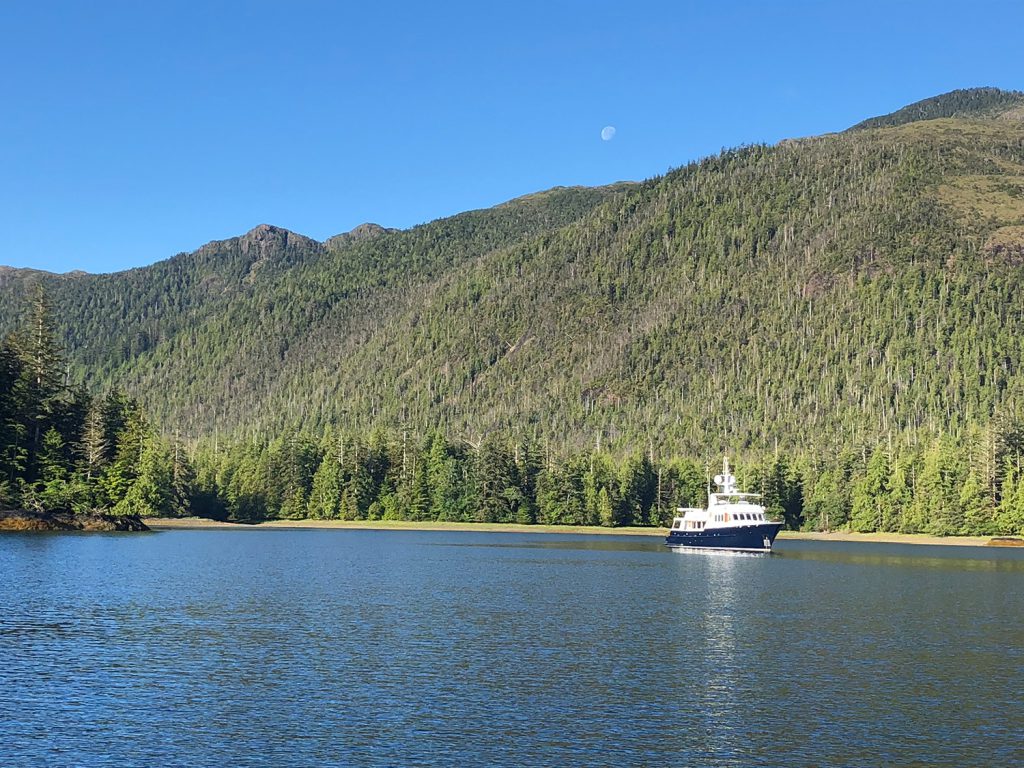
Anthony Island
“It’s a vast cruising ground, so there are no limits on vessel size, but the bonus of Lakesider was being able to anchor the boat right in front of the Haida museum and let guests disembark on the beach,” he says.
Throughout the summer months, Lakesider’s itinerary focused on cruising the islands, cultural sites and liaising with the ancestral Watchmen who live and work as guardians in Gwaii Haanas. “We had a couple of family members that returned after their time aboard Lakesider and decided to stay at the north end of the island to explore deeper into the native culture.”
And the highlight of the trip? That would be Anthony Island, or S’Gang Gwaii, the “holy grail” of Gwaii Haanas. “The weather has gotta be right, but if you can make it there and anchor at Rose Harbour, it’s a mindblower,” says Correa. “It’s one of the best examples of an ancient village site complete with totem poles and the remains of traditional longhouses.”
Since 2016, Lakesider has largely stayed within the Pacific Northwest among extreme tides and currents that change the wind patterns — “our home waters,” says Correa. Plans are now in place for a trip to San Diego in 2024, before spending the winter in Mexico.
“I’m really looking forward to putting the boat through her paces and doing what she was meant to do,” he says. “In the Northwest on the inside, she’s almost falling asleep.”
